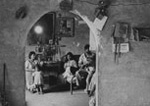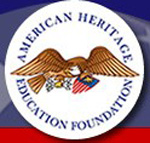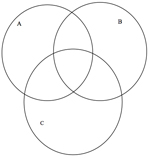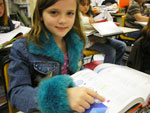New media tools are slowly and subtly changing the way we do history, by providing new ways of seeing the past and sharing those insights with others. At the moment, the new media tools that seem to hold the most promise for scholarly revisions are the ones that support visualization of historical records and tools that support mass assessment of textual materials.
Some of the possibilities in these new forms of visualization can be seen in the article "The Differences Slavery Made" by William Thomas and Ed Ayers, which used Geographic Information Systems to plot relationships between different groups in the Shenandoah Valley. This is one of the most visible cases where new mapping technologies provided opportunities to see the past in new ways, but this sort of work is beginning to appear in numerous printed works, as well. Franco Morreti and others are developing similar techniques to peer into large masses of textual data.
The challenge for the discipline may lie in creating new forms of presentation to match up with the insights that new media tools can provide.
The challenge for the discipline may lie in creating new forms of presentation to match up with the insights that new media tools can provide. A number of innovative new media projects have been published over the past decade, but they tend to either look and feel like traditional printed books or are primarily collections of original source materials. Unfortunately, the current state of web technologies seems much better at serving out information as fairly static text or as databases.
Nevertheless, many of the book-like projects can pair innovative analyses with deep archives of visual materials (see for instance Helena Pohlandt McCormick's 'I Saw a Nightmare…' Doing Violence to Memory: The Soweto Uprising, June 16, 1976). And conversely, many of the digital collection projects are shaped by significant interpretations in the way the materials are gathered and presented (see for instance the Center for History and New Media's Gulag: Many Days, Many Lives).
Digital collections tend to receive less recognition as scholarship, but they hearken back to an earlier time in the history discipline, when the gathering and organization of primary source materials was considered a valued part of scholarly work. At the same time, they point forward to a future when the insights of new media can be presented in ways that match and truly convey their significance.










